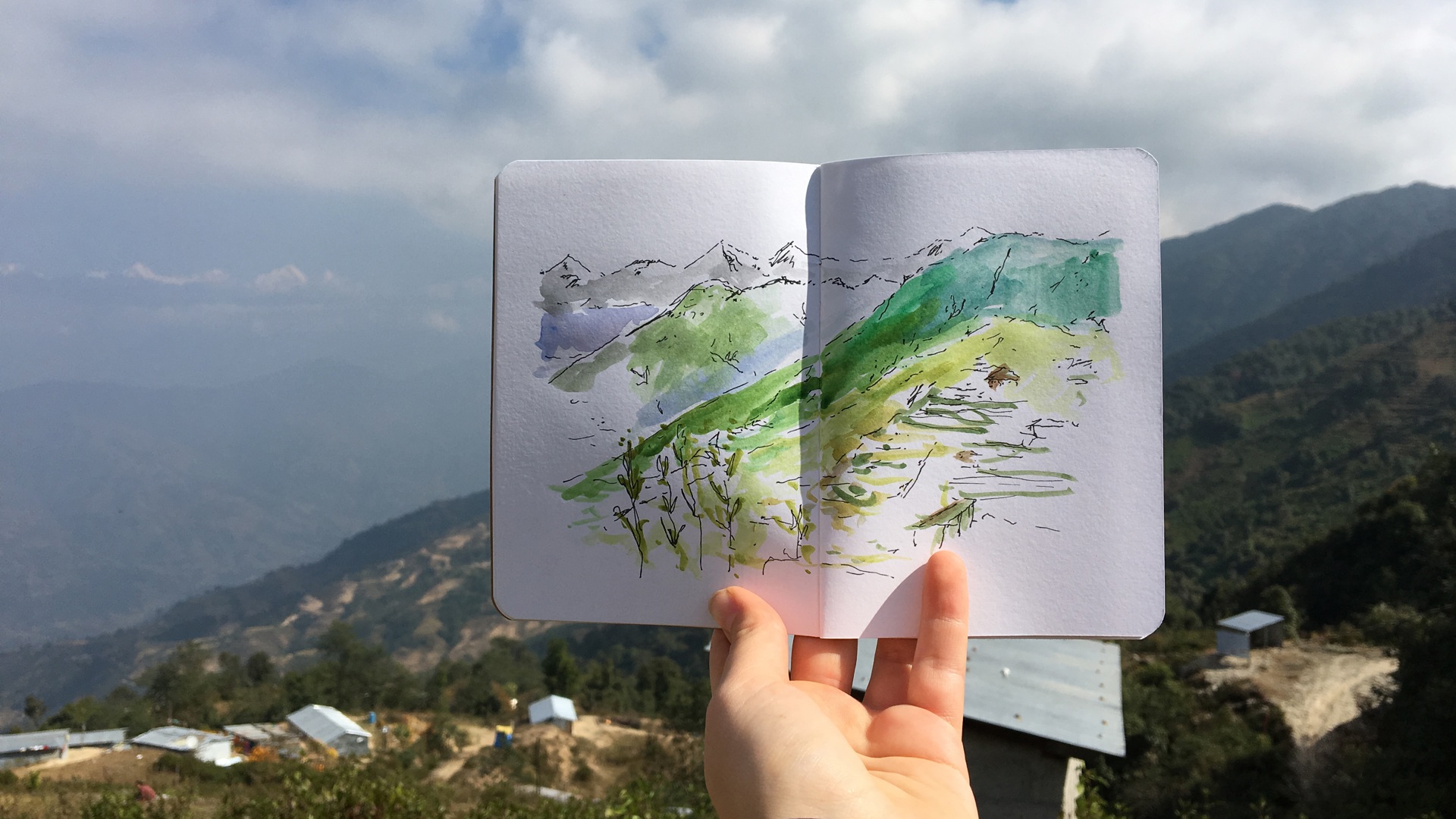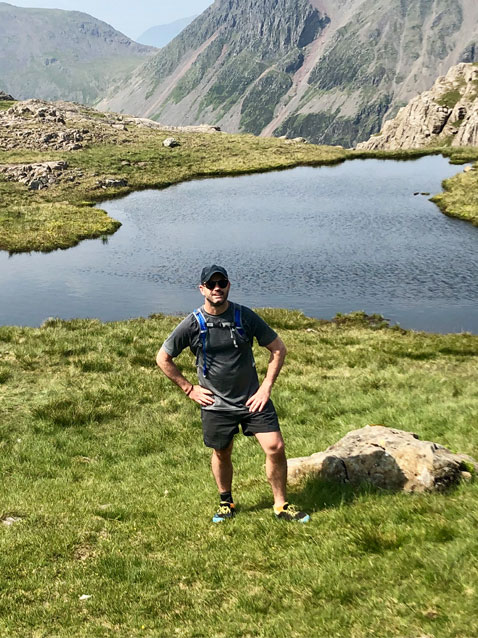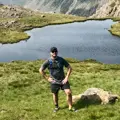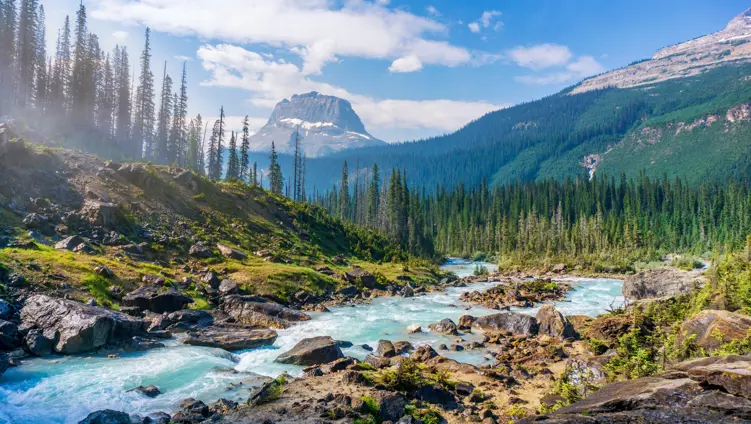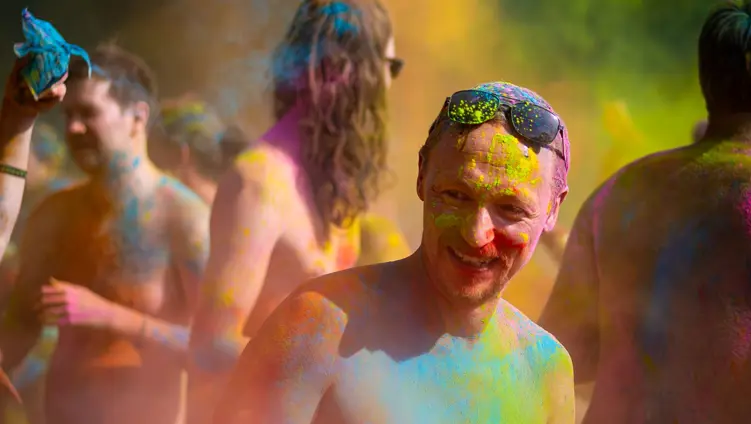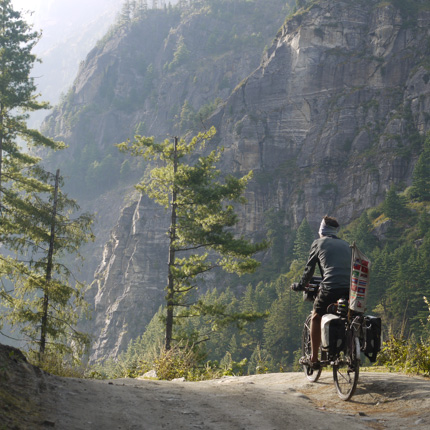
What if we reframed adventure and the great outdoors through the eyes of an artist for just one day? What would we all see differently? How would that impact our relationship with nature?
We speak to two artists deeply connected to nature: Devon-based artist and architecture graduate, Jazz Austin, who creates watercolour paintings of wildlife and landscapes; and Corwnall-based contemporary artist, Jen Larkin, whose work is inspired by walking, travel, wilderness and nature.
What advice would you offer an aspiring storyteller?
Jazz: Start keeping a visual or written diary when you're out and about. When I first started creating a sketchbook diary, I was simply trying to capture the places I was visiting by making a quick on-location drawing. However this has since turned into my favourite way to document and remember a trip, as when you revisit a sketchbook you are immediately taken back to the landscape, emotion and context of that day.
Jen: As an artist interested in adventure, landscape and nature, the best advice is to notice the places, spaces, shapes, atmospheres, sounds, ideas and characters that draw you towards them again and again – focus on observing in absolute detail, meditate on your thoughts about them, journey through them and return to explore them in your mind’s eye as much as you can. This is your subconscious at work, allow it to lead you.
The next step is to create a time and space where there are no interruptions from everyday humdrum – try to accept there will always be emails to answer, bills to pay – do the most important tasks first, the ones that will harm you if you don’t do them, and then carve out your own creative bubble where people around you know you’re not to be interrupted. Then start painting, sculpting, writing or playing – whatever medium you choose – without thinking too much at first; the crucial thing is just to start your creative engine.
Structure and narrative are essential for our minds but can be better ‘uncovered’ (rather than imposed) through the process of making, as the ideas flow and experiences brought together into a coherent whole: just like any journey, the best storytelling is always a finely-tuned balance of chaos and order. I really do believe that each painting is a story which has the potential to break beyond the boundaries of its frame – the artist can only really make a small part of the work, the viewer always completes it. This is the best part – you never know or control who your work will connect with, or where it will travel, as it takes on a life (or adventure) of its own!
Approach to Black Sail - oil on canvas, by Jen Larkin
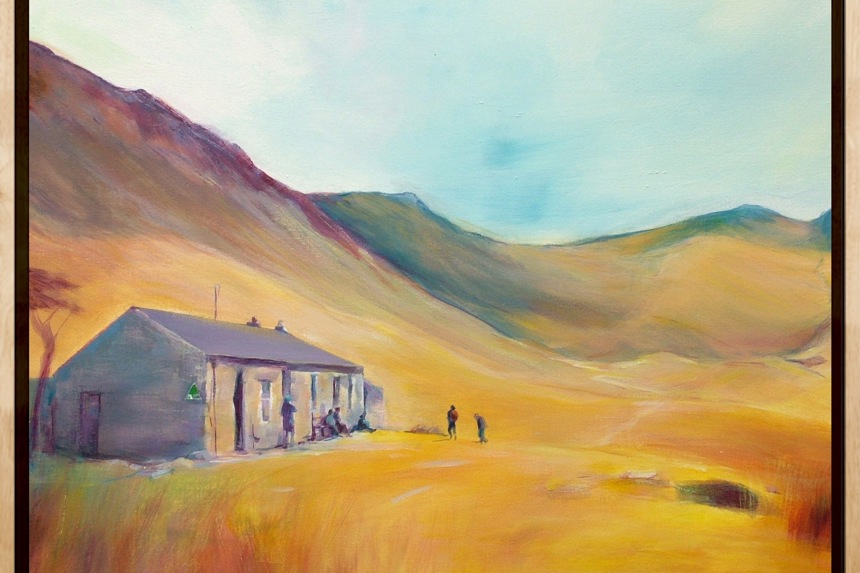
What is an adventure story that has impacted you?
Jazz: Whilst taking part in a tree-planting volunteer week with Trees for Life in Scotland, I was introduced to the concept of a 'sit spot'. This involved everyone in the group having to find a secluded outdoor spot near our base where we couldn't see another person. We were invited to be still and take notice of the sounds, movement and small details for roughly 10 minutes. Each morning, we returned to the same spot to notice the small changes in our surroundings. To start with, I found the concept odd and uncomfortable, but after a few days I was excited for an opportunity to look at and feel closer to nature, which can often be missed on a fast-paced adventure.
Jen: For me, the most impactful adventure stories are always tales of triumph over adversity – I’m married to survival instructor John Hudson (whose thoughts in his recent book How to Survive have influenced mine on prioritisation in creativity) – we share a lot of thoughts and there’s a big overlap between creativity and survival. When not in lockdown, we spend a lot of time walking in wild, remote places and exploring in our chats the power of positive psychology, improving creative thinking and building resilience. You need all of these things to survive being an artist! It might be because it’s on my to re-watch film list currently, but an impactful adventure story that immediately comes to mind is Wild by Cheryl Strayed. It’s a true story of a contemporary pilgrimage, all to do with pressing the reset button, scratching right back to what we truly need and what we really are, the power of beauty, regaining control of our situation, carrying less baggage, all wrapped up in one. I’m in story-harvesting mode at the moment for a new series of paintings – so there’s a plethora of survival stories from prehistory right through to the latest news reports which will be interwoven – but I like the simple narrative device of the journey along the Pacific Crest Trail in ‘Wild’, and we’d love to walk it ourselves one day.
Left to Right: The Night Before, St Bees (oil on canvas), Brushes in the Studio, A Coast to Coast Walk (oil on canvas) all by Jen Larkin

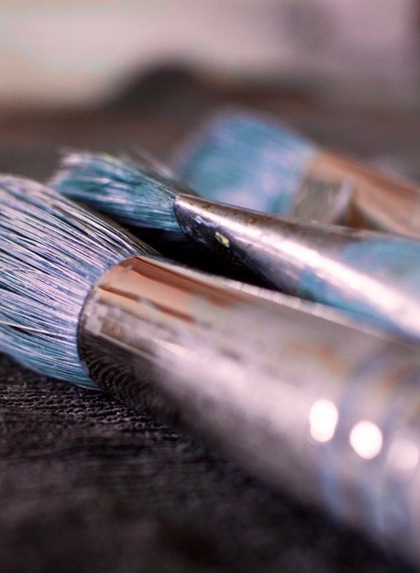

What is one item you find invaluable for storytelling?
Jazz: A small sketchbook - I use my sketchbook to make paintings of walks and trips by taking just 15-20 minutes to stop and paint along the way. Given that I often have to carry my painting equipment as part of my walking and camping gear, I've tried to make this as lightweight as possible. My set-up includes a fine black pen with waterproof ink, a travel watercolour set and a sketchbook. I keep these in a small waterproof pouch to protect them from the elements.
Jen: My most invaluable item for storytelling is a notebook, just something I can quickly get ideas down onto as I travel or cogitate, to be used as a resource, memory-jogger or raw material sometime later. When long-distance walking, I have a pile of photocopied maps in a waterproof case around my neck and scribble notes on them, writing down phrases which act as mnemonics and can take me right to a very particular place in time when I’m back in my studio. I also write all over the furniture in my studio, whatever is within reach. When I paint, my brain is continually sorting through and making sense of everything it’s stored, the paintings are often amalgamations of thousands of still-frame moments. I’m not really sure where the ideas and images come from sometimes, it’s like being a conduit. Each note could be the start of a painting, a story in itself. if I didn’t have a notebook, I’d find a cave wall and use stones to write with and if I couldn’t write I’d use sketches and pigments. It’s literally that primal.
